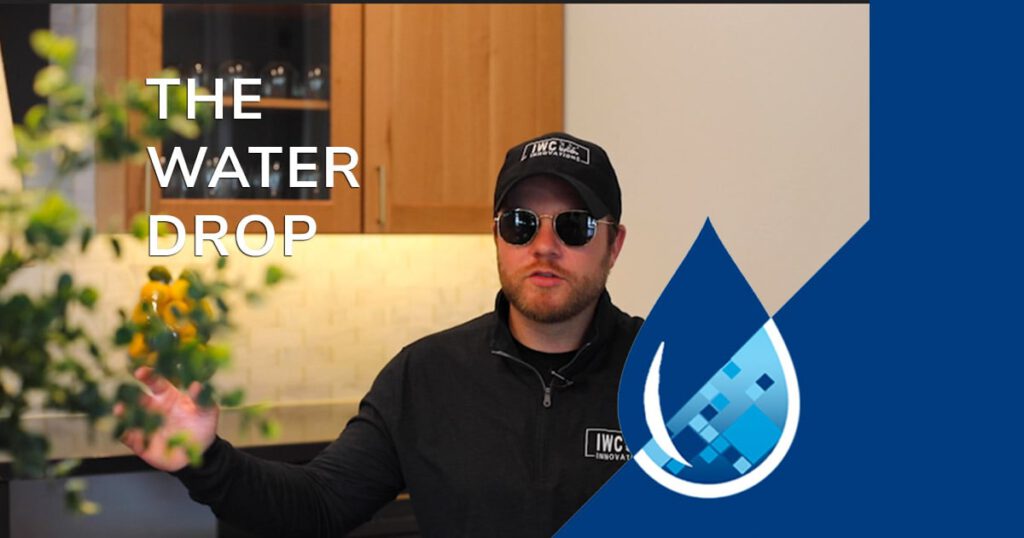How do you Analyze Legionella Test Results?
It’s really about understanding what the data is telling you. Legionella testing is a snapshot in time, and there could have been a major event, a water main break, or pressure lost that has caused Legionella to rush into the building. So, it’s really about understanding the circumstances around it and we look at a couple different things. First is percent positivity, so if you took ten samples – how many of those came back positive? If it is less than 30%, then that is an indicator of maybe not a systemic outbreak, or systemic proliferation in the system. You then look at the type of Legionella. Legionella pneumophila serogroup 1 is treated a lot differently than Legionella anisa of Legionella feeleii. There are all sorts of different types of Legionella out there. So what type is it? And then how much is in the system? Is it 0.1 CFU or is it 100? Is it 200? We really put those data points together, and if it’s a single point, if it’s the first time you’ve tested, then that is just one piece of information, but if you’ve tested multiple times, we look at that trending data as the fourth data point to really understand what is going on. So, it’s really about understanding what the data is telling you and creating a proper response from both your internal team, and the communication is key. One of the biggest questions we get asked: Do I need to tell people about this? That is really up to your corporate communication strategy or your communication strategy so, it really is kinda an all-hands-on deck. So, what we advise our customers is: before you test, you might find it. If you find it, it is not a bad thing because then you can do something about it, but here is the playbook for what is going to happen. How do you want to communicate each of these results out? So, it’s about being proactive and not being caught off guard when it comes to implementing a testing program.
What is your current Legionella testing program? Do you have one?



